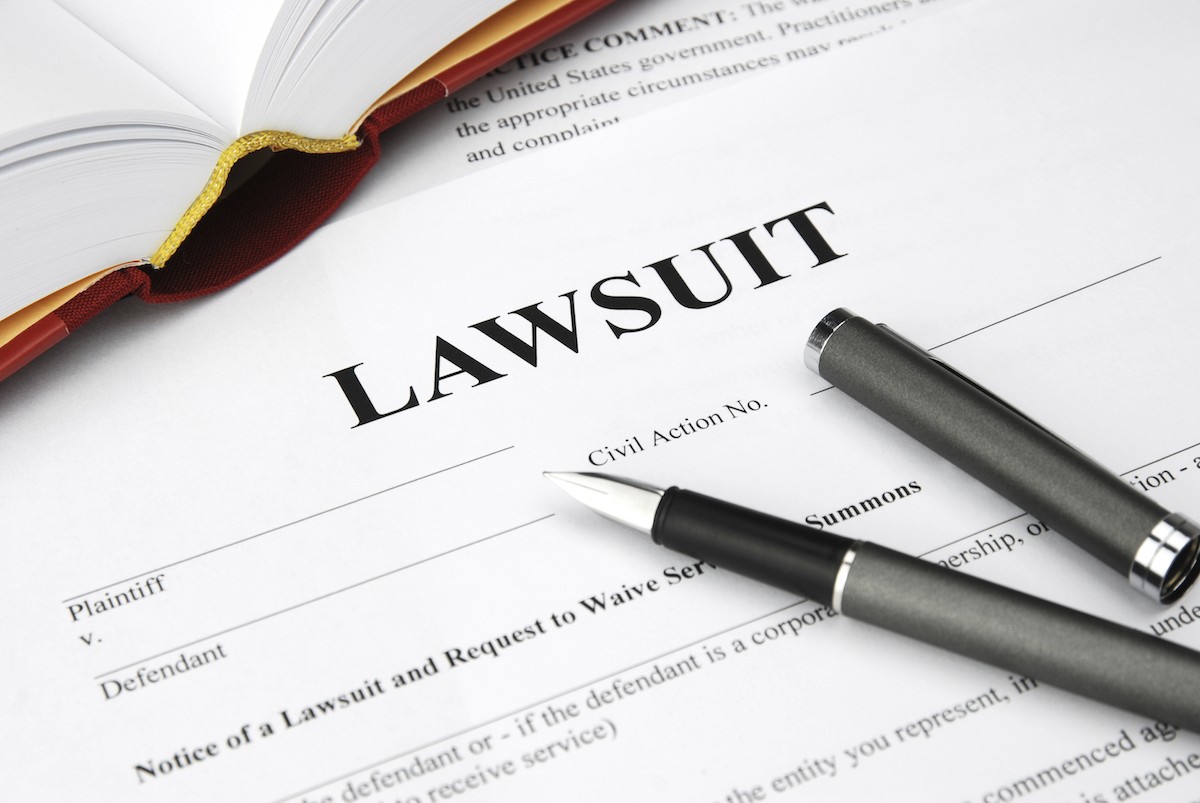What Solutions Help Prevent Injuries in the Workplace?
The issue of workplace injuries pops up in a lot of myths, misconceptions, and misinformation. Most of this is brought on by business owners who barely get to understand issues like worker’s compensation insurance and how it works. To compound this issue further, business owners tend to advise each other on various topics. One of these issues, of course, is how they have no control over what kind of safety measures their bosses implement at their work sites. This kind of misinformation has cost businesses a lot in terms of compensation.
To put things into perspective, the US Bureau of Labor Statistics estimates that business all across the nation spends over $1 billion in a week just in settling claims and caring for injured employees. That is quite a figure for companies to be spending on injuries and illnesses that are preventable if only the right steps are taken to reduce their occurrences.
Tips For a Safer Workplace
Identify Potential Hazards
 Every kind of job and workplace has its own set of challenges that can sometimes become hazards if not pointed out. These could be things like bright computer screens, wet or slippery floors, bulky items that are moved around manually loud noises, and even issues with ergonomics. The first step towards minimizing and even completely getting rid of these hazards is to identify them. If managers themselves are not up to the task, they can call in experts who will themselves identify the dangers and help formulate hazard mitigation plans.
Every kind of job and workplace has its own set of challenges that can sometimes become hazards if not pointed out. These could be things like bright computer screens, wet or slippery floors, bulky items that are moved around manually loud noises, and even issues with ergonomics. The first step towards minimizing and even completely getting rid of these hazards is to identify them. If managers themselves are not up to the task, they can call in experts who will themselves identify the dangers and help formulate hazard mitigation plans.
Identifying a hazard isn’t just a matter of walking into a room or a worksite and noting something down. It is a continuous process as workplaces evolve. This process ensures the training the employees get is up to standard and can meet the challenges that workers face. This process also allows the training and procedures handed to workers to be in step with the challenges they would face.
A worksite analysis would include the following:
- Identifying hazards to the health and safety of workers.
- Evaluating the risks associated with each hazard.
- Recommending various methods to remove or bring identified issues under control.
- Keeping a close eye on these issues to ensure they are handled correctly and according to set guidelines.
Track Hazards
Aside from these analyses, it would be prudent for employers to have a system of tracking these hazards and how they change over time. The tracking can also include statistics of how many accidents have happened. Additionally, tracking what equipment have they been happening with and which areas they have been happening in is helpful. These statistics will help the employer come up with improved plans for employee safety. Addressing a problem requires deep insight into the causes of the issues and a systematic approach.
Create a Health and Safety Plan
A workplace that takes care of employees is one that has a wellness and safety plan in place.
In some cases, some potential talent will never join a company unless an employer has a comprehensive health and wellness plan in place. For this to happen, you need to have already identified all the hazards at your workplace. Then, come up with a comprehensive plan. Others even encourage employees to report any new risks they may encounter.
Coming up with a wellness plan doesn’t have to be a complicated affair. One can start with the already standards that are already in place for that particular industry. From there, they can be tailored to suit the unique circumstances and work environment of the company.
Hold Regular Safety Training Programs
For that health and wellness program to be successful, three crucial things must be completed: train, train, and train some more. For that wellness program to be a success, employees have to have the requisite knowledge on how to defeat the hazards they face as they work.
The Occupational Safety and Health Administration found that conducting regular safety training with employees could reduce workplace injuries by up to 60%. If you put that into the context of the amount spent in taking care of injured employees, that could be massive savings for the employer. Conducting regular training will communicate to your employees that you take their health and safety seriously. In turn, they will also do the same, as the continued training equips them and empowers them to make better choices concerning their safety.
There are several components to effective safety training. Some of them include:
- Identifying hazards unique to the area of industry.
- Response to accidents and emergencies.
- Demonstrations using equipment and machinery correctly.
- How to handle hazardous materials, such as chemicals and superheated materials.
- Presentations meant to inform workers of rights they have under OSHA regulations.
Use the Proper Tools
Tools are a big part of the job, whether it be office chairs that support the lumbar spine, or even forklifts, each type of equipment is crucial for a particular set of operations. In some industries, just by the nature of the job, personal protective equipment is a requirement for preventing injuries.
Personal protective equipment is indispensable, especially in industries that deal with chemical, superheated material, and even construction. Adequate time should be allocated to teach employees how to put on their equipment and how to operate in them. The basics include items such as goggles, work gloves, steel toe cap boots, overalls, among others.
Putting on protective equipment should be enforced and monitored regularly and with spontaneity. An employer should not assume that the employer knows how to use that equipment, or even that they will wear the gear at all times.
How Can Lakepoint Law Firm Help?
If you’re looking for a personal injury lawyer in Salem, do not hesitate to give The Lakepoint Law Firm a call today. We have been in operation for 34 years and are a registered law firm in Oregon. The knowledge and experience we have gathered over the years will help you get a satisfactory deal.

